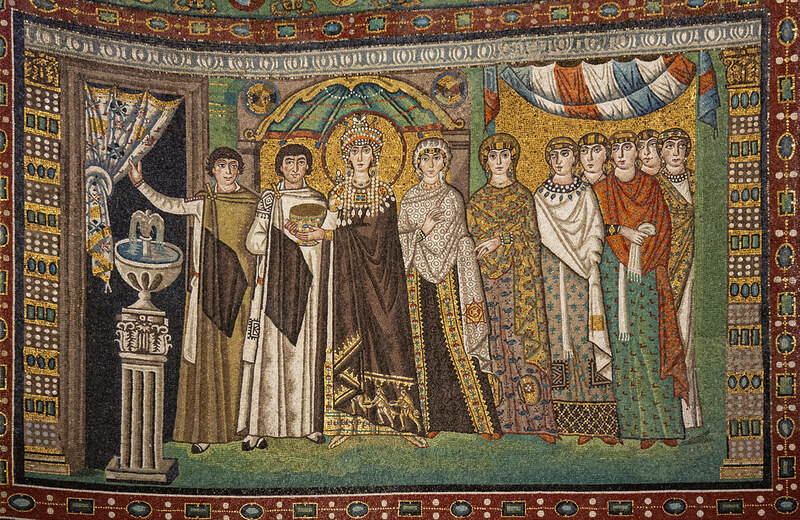Welcome to the exhibit!
Artistic representation is an integral source for any culture or society, but it remains unparalleled for many ancient cultures, as written documents focus on men of aristocratic status. In order to expand past this limited viewpoint, one must engage with art in order to grasp a wider representation of the time period. Using art is a necessary way to understand imperial power in the Byzantine Empire, especially for female rulers. In a time when men were expected to rule, women needed a wide variety of sources to cement their power and establish credibility. Art plays a major role in the reputation of the female ruler because it is central to the generation of their reputation in a manner that they had more control over. Women have always existed as patrons of the art and the same rings true for the Byzantine period. Art, decoration, especially that of churches, often fell to the realm of women, which enabled them to have a hand in their own representation. Their voices were typically neglected in other forms of documentation such as written documents or official government papers. Therefore, imperial women who found themselves in the unusual position of rulership relied on art to provide a sense of credibility for their reign.
Click each item to learn more about them or explore the pages on the left to delve into each medium.
The exhibit focuses on three types of artistic mediums that were important to Byzantine imperial visual culture. Sculpture, coinage, and mosaics are the three forms which inform the exhibit as imperial female rulers were depicted in each. “Art as a Source of Power” focuses on Empress Theodora because she exists as the stimulus for the exhibit as a whole. The first item that was chosen for the exhibit was the 3D printed model of the Empress based on a digital rendering of sculptures created for Theodora. The model demonstrates the importance of digital humanities in that sculpture can be recreated and used in original ways for educational purposes. Yet comparing it with the original sculpture also demonstrates the limitations of 3D modeling for art history. The dialogue between the two art pieces act as the center of the exhibit while the other art works are present to fill the gaps about imperial power for women and demonstrate that there is a unique trend that can be identified through these comparisons. The works together depict that artistic representation of female rulers in the Byzantine Empire was a viable way for women to negotiate power and cement their rulership.
Below explore each object on the map. The location demonstrates the wide influence of Byzantine art in the modern day, as these art works can be found in museums, libraries, and sites all across the world.





